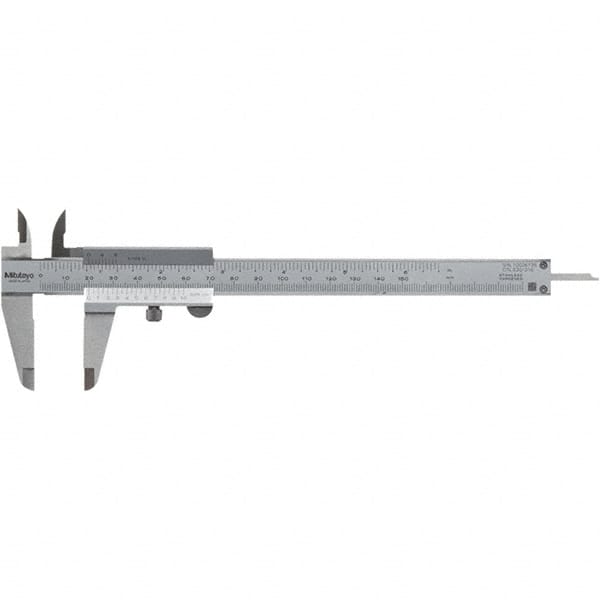Okay! I have lots and lots of nails

I am guessing the 4d or 6d finish nails might be right around the correct size and I know I can move that metal

Here is my situation, since I am not building from scratch I have factory scavenged parts from what people bought at auction and are now reselling. These have the liner+bolster already attached and have some degree of pre-drilling. I don't know if these holes are simply there for marking positional thing or if they should be the actual final size holes. In addition I got matching back-springs and blades which are already hardened and heat treated. The holes it has are going to have more control over what I can and can't do simply because I really don't want to try to re-drill the hardened D2 steel (the blades are D2, I am guessing that the springs are either also D2 or perhaps 1095 or whatever else they may have used.) In any event, I don't have access to tiny little reamers or burrs that can accurately resize these holes, so I will accept them as gospel. I do have some calipers with the vernier ends on them, I will try to do an ID on the holes when my next bunch gets here. I have never measured the ID on holes that small. So I am not sure how deep the points of the verniers will go to measure.
So, it sounds like I could use the brass in every position, the only issue being that it would not match the bolster color. (They appear to be stainless, though they might be Nickel Silver, not sure how to tell the difference. But either way they are white metal that is shiny, and brass would surely clash. Or possibly compliment, not sure. As a locksmith in a former life, I have worked nickel silver so I am familiar with its feel, but I have not found any rod stock for it yet. I will search later and see what I can find.
I think I have some drill gauges, (I think they are, though they might be screw gauges) which would be good for measuring rod stock. As for ID measurement if the vernier points don't fit inside well enough to measure the small hole, is there a better tool for such tiny holes?
I have these
as well as some off brand digital and dial style ones too. But it is concerning whether I could measure the ID with those points in the 0.0625 - 0.0938 range of sizes.
Also, what is a good source for rod-stock or pin-stock? Ultimately, I will eventually make my own liners and bolsters as long as I can find a source for blades and springs, but I am guessing that eventually I will have to grind my own out some day and either get a HT oven, or send stuff out. But that is not going to be at least for the next 10 knives


